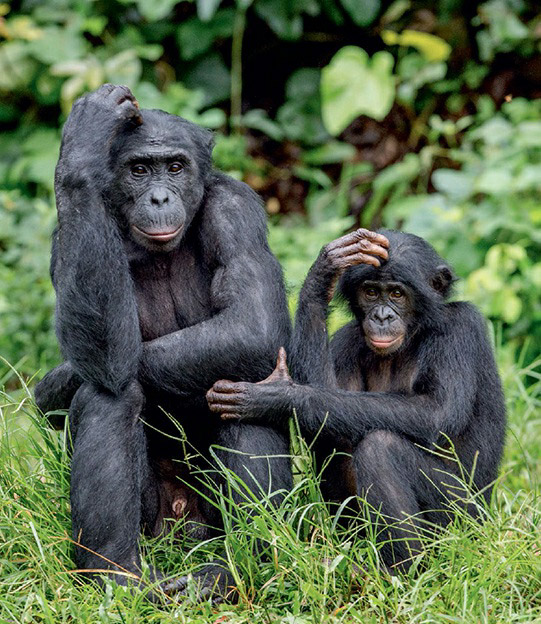The term ‘hominids’ refers to a family that includes not only humans and our extinct relatives but also the great apes such as gorillas, orangutans, and chimpanzees. Based on fossil records, the origin of hominids dates back to around 10 million years ago. During the Miocene Epoch, which lasted from about 22 to 3 million years ago, primates adapted to various mostly arboreal (tree-dwelling) lifestyles and ecological niches. This era was characterized by extensive tropical environments prevalent in equatorial and mid-latitude regions.
However, near the end of the Miocene, approximately 10 to 8 million years ago, significant environmental changes occurred. The tropical zones began to shrink, giving way to temperate grassland savannas. This shift forced primates, including hominids, to adapt to new environments, often requiring them to leave the trees in search of food.
Hominids are generally large, tail-less primates with a notable sexual dimorphism, where males are typically larger than females. Most species are quadrupeds, walking on four legs, though some, including humans, are bipeds. They possess opposable thumbs, use their hands for food gathering and tool-making, and primarily consume fruits, with some species being omnivores. Hominids have gestation periods of around eight or nine months and usually give birth to one offspring at a time. Offspring require extensive care and do not reach sexual maturity until they are between 8 and 15 years old, depending on the species.
The exact point at which the hominid family diverged from other primates remains uncertain. However, genetic analysis and fossil evidence suggest a timeline for this divergence. Over the past 10 million years, it is believed that orangutans were the first to diverge, followed by gorillas, then chimpanzees, and finally the lineage leading to humans. For instance, chimpanzees and humans share approximately 98.4 percent of their DNA, highlighting their close genetic relationship and recent divergence within the hominid family. This evolutionary story underscores the complexity and adaptability of hominids in response to Earth’s changing environments.

